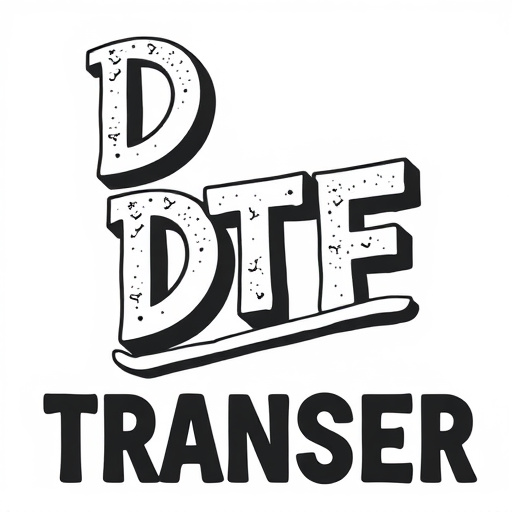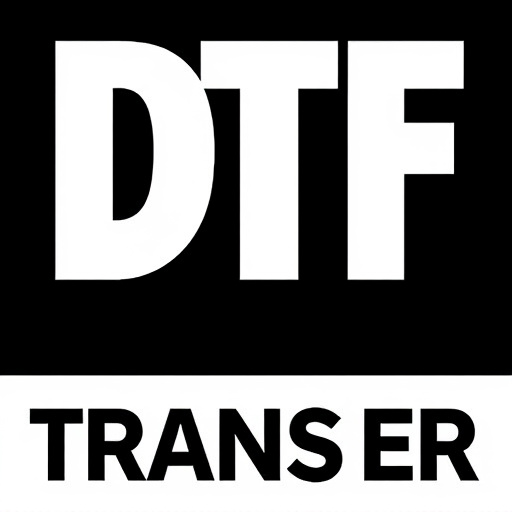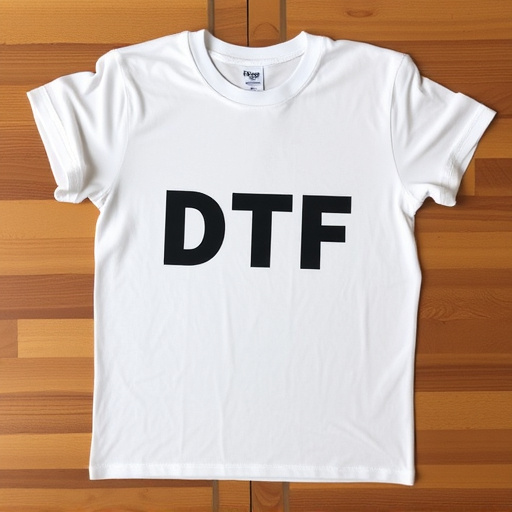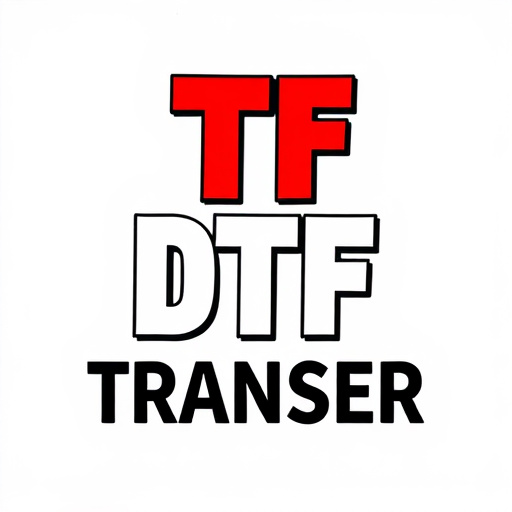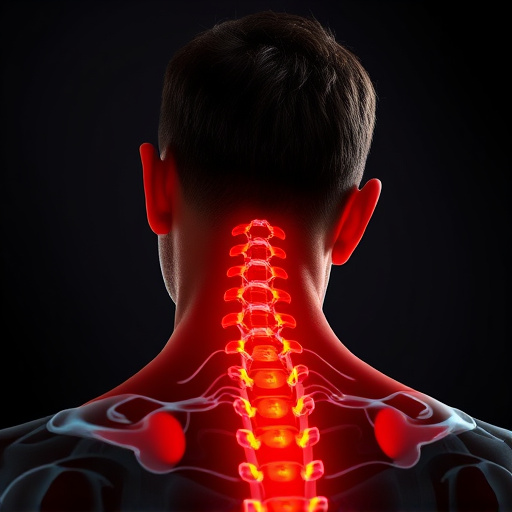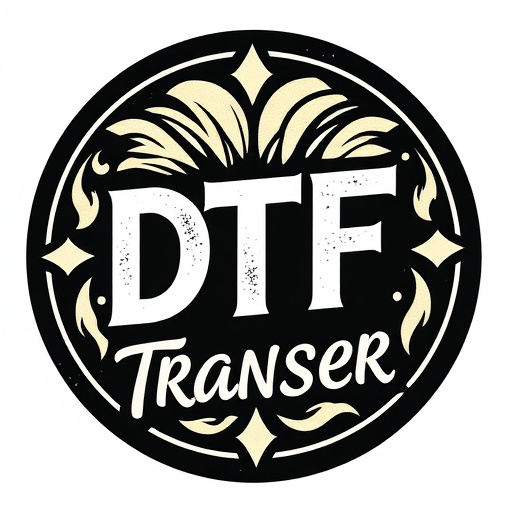Direct-to-film (DTF) transfers are a game-changer in manufacturing, offering direct application of ink on various materials for custom, high-quality prints. This technology streamlines production with faster times, improved design accuracy, and the ability to print on metal, wood, glass, and plastics. DTF's durability, UV resistance, and specialized printing process make it ideal for demanding industrial settings. The future of DTF looks bright with potential advancements in 3D integration, sustainability, and automation, promising unprecedented efficiency and personalization in manufacturing.
“In today’s fast-paced manufacturing landscape, efficient and durable marking solutions are paramount. Heavy-duty direct-to-film (DTF) transfers have emerged as a game-changer, offering unparalleled precision and longevity. This article delves into the world of DTF printing, exploring its advantages for various industries. From understanding the core process to selecting optimal materials, we provide an in-depth overview. Discover how DTF transfers revolutionize manufacturing, enhancing product quality and streamlining production. Get ready to unlock the potential of this cutting-edge technology.”
- Understanding Direct-to-Film (DTF) Transfers: An Overview
- Advantages of Heavy-Duty DTF for Manufacturing
- The Process: From Design to Final Print
- Choosing the Right Materials and Equipment
- Applications: Industries Benefiting from DTF Transfer
- Future Trends in DTF Technology for Manufacturing
Understanding Direct-to-Film (DTF) Transfers: An Overview
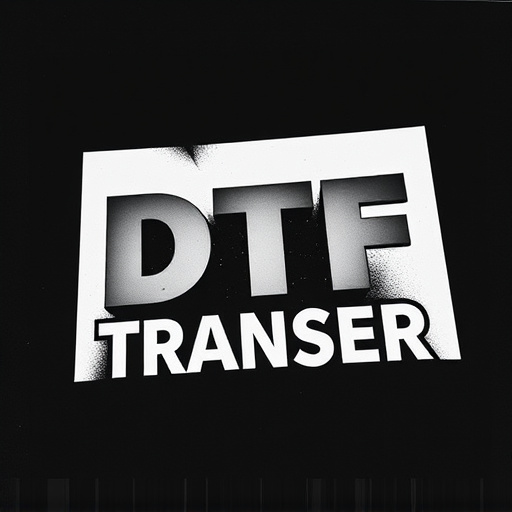
Direct-to-Film (DTF) transfers are a cutting-edge technology revolutionizing manufacturing processes, especially for creating custom, high-quality prints on various materials. This method eliminates the need for intermediate steps, such as printing onto paper or vinyl, and then transferring the design to the final substrate. With DTF, the ink is applied directly to the desired surface, ensuring a more precise and durable finish.
DTF transfers offer several advantages, including faster production times, improved accuracy in reproduction of intricate designs, and the ability to print on a diverse range of materials like metal, wood, glass, and plastics. This technology is particularly valuable in manufacturing environments where custom branding, product personalization, and quick turnaround times are essential. DTF prints can enhance products’ aesthetics and functionality, making them stand out in a competitive market.
Advantages of Heavy-Duty DTF for Manufacturing
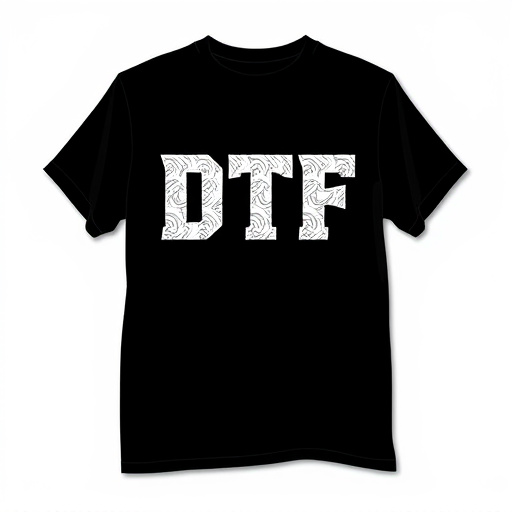
Heavy-duty direct-to-film (DTF) transfers offer a multitude of advantages for manufacturing environments. Firstly, DTF Printing provides an efficient and cost-effective method to produce high-quality, long-lasting prints on a variety of materials, from plastics to metals. This versatility makes it an ideal solution for diverse manufacturing needs.
Additionally, DTF Transfer’s durability is unparalleled, ensuring that designs withstand harsh conditions, including exposure to chemicals, heat, and abrasion. The direct application to the surface eliminates the need for additional coatings, simplifying production processes while maintaining exceptional print quality. Moreover, DTF prints offer excellent UV resistance, minimizing fading or degradation over time, a significant advantage in industrial settings where products are often exposed to sunlight.
The Process: From Design to Final Print

The journey from design to final print in heavy-duty direct-to-film (DTF) transfers for manufacturing environments is a meticulous process that demands precision and expertise. It begins with the creation of a detailed design, meticulously translated into a format compatible with DTF printing technology. This involves vectorization of artwork, ensuring crisp lines and precise contours to withstand the rigors of industrial applications. Once approved, the design is ready for the next crucial step—the printing process itself.
DTF printing utilizes specialized machinery to apply ink directly onto a film, which later serves as a carrier for the image. The printer precisely deposits layers of pigment, adhering to the film’s surface. This film, now bearing the desired design, is then carefully fed into a laminator, fusing the ink with a suitable substrate material, typically durable vinyl or polyester. The final print emerges as a robust, weather-resistant overlay, ready for direct application onto various manufacturing surfaces, ensuring longevity and visual impact in even the toughest conditions.
Choosing the Right Materials and Equipment

Choosing the right materials and equipment is paramount when implementing heavy-duty direct-to-film (DTF) transfers for manufacturing environments. The suitability of the DTF transfer film, ink, and printing machine directly impacts the quality, durability, and efficiency of the final prints. For instance, selecting a high-quality DTF film that’s resistant to heat, chemicals, and abrasion ensures long-lasting prints in demanding industrial settings.
Additionally, investing in a reliable DTF printing machine equipped with advanced features like precise registration, high print resolution, and automated functions streamlines production processes. The right ink formulation also plays a crucial role, offering vibrant DTF prints that withstand harsh conditions without fading or peeling. By carefully considering these factors, manufacturers can maximize the benefits of DTF technology, enhancing productivity while ensuring the longevity and reliability of their printed components.
Applications: Industries Benefiting from DTF Transfer

Direct-to-film (DTF) transfers have found their niche in various manufacturing industries, revolutionizing the way custom prints and designs are achieved. This technology is particularly advantageous for applications requiring high-quality, durable, and long-lasting marks on a variety of surfaces. From automotive to aerospace, electronics to heavy machinery, DTF printing offers precision and versatility.
In the automotive sector, DTF transfers are used to create intricate logos and graphics on car bodies, providing a cost-effective and efficient alternative to traditional painting methods. Aerospace industries benefit from DTF’s ability to produce precise, high-resolution prints on aircraft components, ensuring consistency and durability in extreme conditions. Additionally, electronics manufacturers utilize DTF for marking circuit boards, facilitating quick identification and quality control. The versatility of DTF allows it to cater to diverse needs, making it a game-changer in the world of manufacturing.
Future Trends in DTF Technology for Manufacturing

The future of Direct-to-Film (DTF) technology in manufacturing promises exciting innovations. As the demand for customizable, high-quality prints continues to grow, DTF transfers are expected to become even more efficient and versatile. Advanced printing techniques will enable the production of intricate designs and complex geometries, opening up new possibilities for manufacturers across various industries. For instance, the integration of 3D printing with DTF could lead to innovative product development, allowing for personalized, on-demand manufacturing.
Additionally, sustainable practices are likely to shape the evolution of DTF technology. Eco-friendly materials and solvents will be introduced, reducing the environmental impact of printing processes. This shift towards sustainability will not only benefit the planet but also cater to consumer preferences for eco-conscious products. Moreover, the rise of digital transformation in manufacturing may lead to more automated DTF systems, improving productivity and precision while minimizing human intervention. These future trends suggest a bright and dynamic path forward for DTF printing, revolutionizing how manufacturers bring their designs to life.


